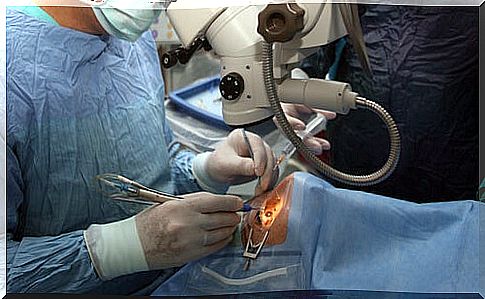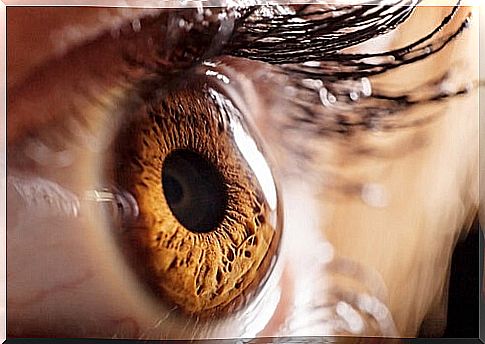A Surgery Of Just 8 Minutes Promises To Give A Perfect Vision Forever
Until now, people who suffered from vision problems had to resort to different solutions to be able to restore their normal vision and thus prevent it from affecting their quality of life. These could be glasses, contact lenses, some medications, or surgery.
However, a recent invention could come very soon to completely change the lives of all these people who have to deal with their visual impairment every day. It is a bionic lens from the Ocumetics company, which could come to put an end to all the alternatives that exist for those who have chronic visual difficulties.
A promising surgery
The promising device was developed by British Columbia optometrist Dr. Garth Webb. The doctor is confident that this element will be a success in improving visual health, allowing you to see “up to three times better than 20/20 vision” without having to wear contact lenses or glasses for the rest of your life.
Webb is the founder and CEO of Ocumetics Technology Corp. This is a prestigious company dedicated to the elimination of glasses and contact lenses in order for people to have more comfort and health in their daily lives.

Optometrist and his team of visual scientists are responsible for the development of l agency Ocumetics bionics. They have been researching for about 8 years and have invested more than 3 million dollars in their financing, in addition to a load of patents filed internationally.
What does the surgery consist of?
- This little device is shaped like a button, but its incredible function is what could revolutionize the visual health of the future.
According to the inventor’s explanation, the device is implanted in the eye in a maximum of eight minutes. In addition, the operation is very similar to that of cataracts, in which the lens is removed from inside the eye and replaced by an artificial one.
It is an outpatient procedure that does not require any type of anesthesia. In addition, it is completely painless for the patient.

The bionic lens
The bionic lens is bent like a plug and is placed in the eye using a syringe filled with a saline solution. Then, in about 10 seconds, the bionic lens is unfolded and placed on the eye on its own and the patient can notice how his vision is corrected instantly.
- This implant could improve vision up to three times according to the Snellen visual acuity chart. And it would be a perfect vision for life.
So far there are no further details on the operation of its technology. However, its developers are sure that it does not pose any risk to patients. It also won’t cause any kind of biophysical change within the eye.
But, in addition to its main benefit, the implantation of this bionic lens ensures that the person will never suffer from cataracts. The natural lenses of the eyes are also replaced by these artificial devices, ensuring the correction of visual problems forever.
Also, the procedure is safer than laser surgery. In the latter there is a burning away of healthy corneal tissue and it could also cause other complications. For example, problems with glare or driving at night.
The solution by Webb and his team does not involve any of these issues. They ensure that those who have their lenses will always have a perfect view, without deterioration over time.

Future clinical trials
The project was already presented during a meeting of the American Society of Cataract and Refractive Surgery. 14 of the country’s leading ophthalmologists participated there. They were impressed with the bionic lens and came to offer their help for future clinical trials.
This lens will be tested first on animals before human eyes . But to do this, Webb seeks regulatory approval in Canada and other countries.
It is estimated that the first bionic lens from Ocumetics will be available in about two years (2017). But it will only be an option for people over the age of 25. The structures of the eye do not fully form until that age.
Initially, it would be available to the public in the United States and Canada. However, it is expected to reach other parts of the world.









